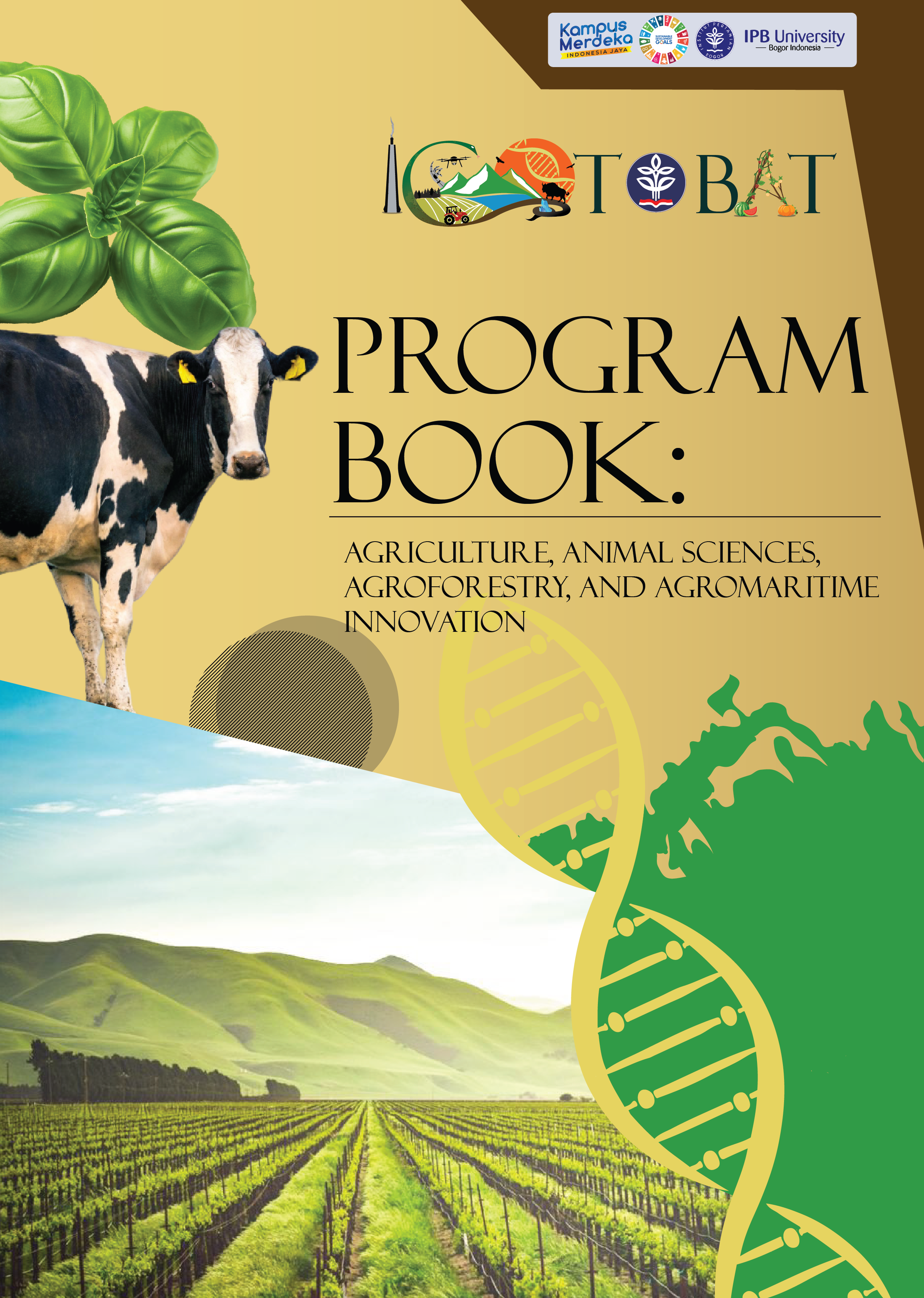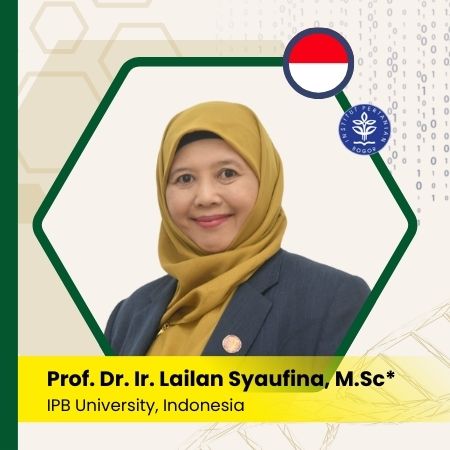Management of Water Sources and Liquid Wastein a Dairy Farm Environment
Keywords:
dairy farming, environment, soil conditioner, water, wasteAbstract
The management of water sources in a dairy farming environment is very important, considering the potential pollution that will occur from dairy farming. It is critical to prevent pollution of community water sources by managing liquid waste from dairy farms into products that are beneficial for soil fertility. The study on water source management was carried out exploratively, sampling water from several points, namely, households, domestic, and rivers, followed by experimental processing of liquid waste using a completely randomized design with treatment of liquid waste from holding ponds taken plus 4% molasses, starter from silage leachate 4% and 1-5% fish meal carry out aerobic fermentation for 21 days, with two repetitions. The study's goal is to find out how important it is to turn liquid waste into liquid organic soil conditioner through fermentation in line with KEPMENTAN NO. 261 of 2019 on the minimum technical requirements for organic fertilizers and soil conditioners. The research results show that the organic carbon content in liquid waste is close to 10, the pH is in accordance with the standard, the content of heavy metals and micronutrients is below the standard, and the E. coli and Salmonella negative bacteria have met the standard requirements of KEPMENTAN NO. 261 of 2019.






























